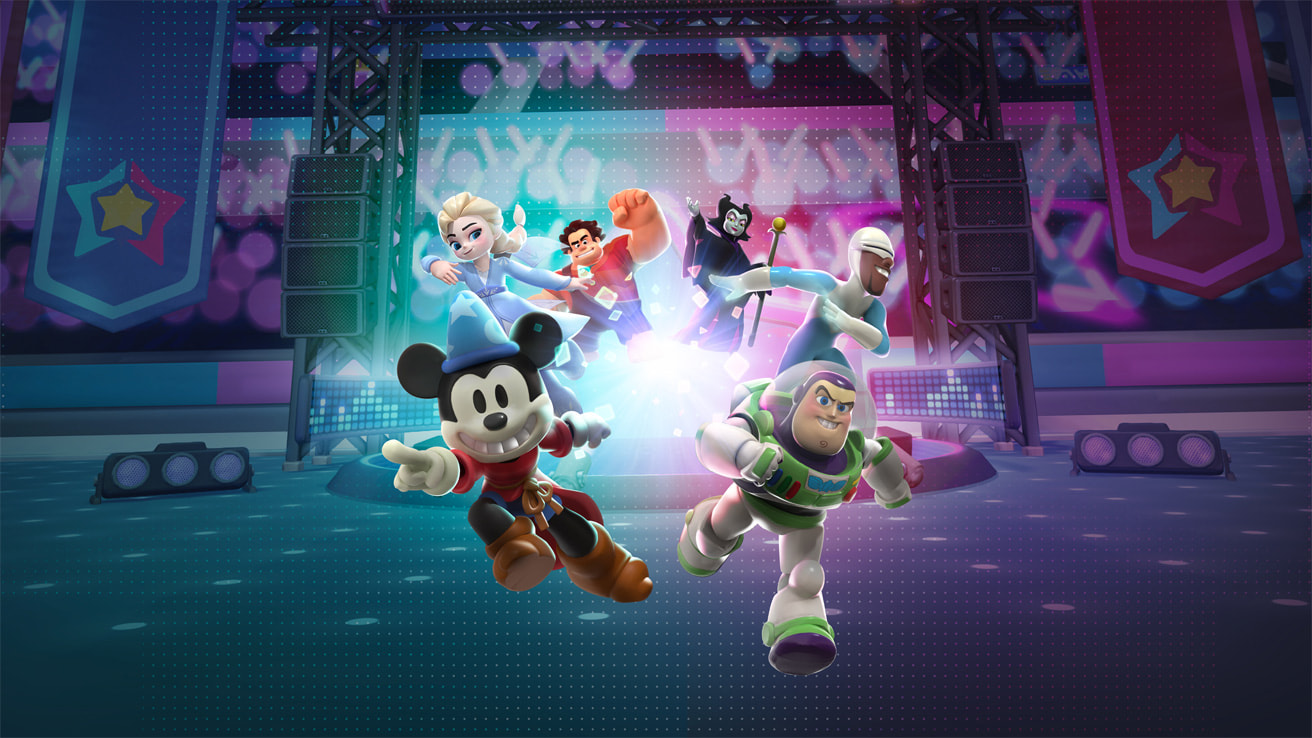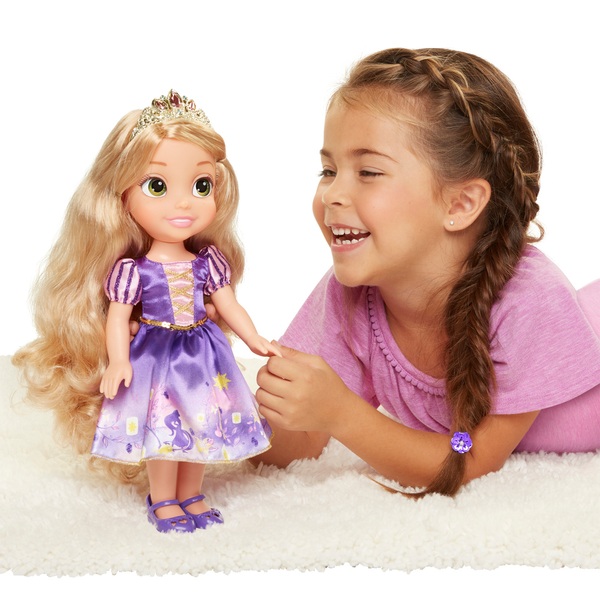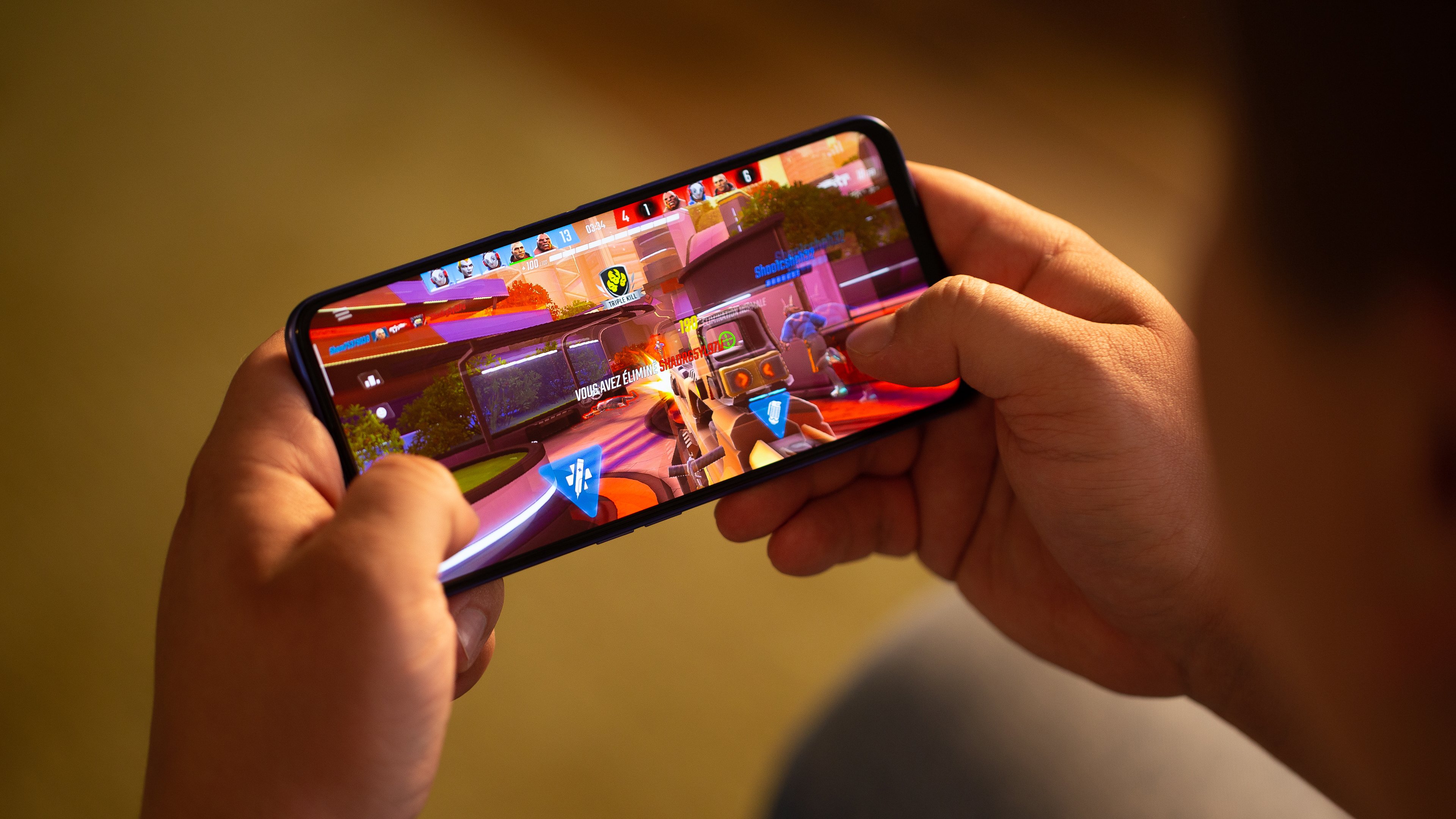Disney Games: Classic Titles to Modern Adventures
Disney has long been synonymous with enchanting stories, captivating characters, and timeless entertainment. Beyond movies and theme parks, Disney has extended its magic into the world of gaming, providing countless titles that appeal to players of all ages. Whether it’s a nostalgic trip through beloved classics or a dive into the expansive universe of modern video games, Disney’s portfolio offers a rich blend of creativity and interactive storytelling.

The Early Days of Disney Games
Classic Titles That Shaped a Generation
The early Disney games, which first emerged in the 1980s and 1990s, set the stage for what was to come. Many of these titles were platformers, developed for popular consoles such as the NES, Sega Genesis, and SNES. These games often mirrored the narratives of iconic Disney movies, letting players relive the magic in an interactive format.
One standout example is “DuckTales” (1989), developed by Capcom for the NES. It quickly became a cult classic, allowing players to control Scrooge McDuck in his quest for treasure. The game’s tight controls, engaging level design, and vibrant pixel art left a lasting impression on players.
Another notable title from this era is “The Lion King” (1994), a game that captured the essence of the film while providing a challenging platforming experience. The game, much like its movie counterpart, struck a chord with fans through its stunning visuals and memorable soundtrack. Yet, it was notorious for its difficulty level, especially the now-infamous “Can’t Wait to Be King” stage.
The Golden Age of 16-bit Games
The 16-bit era saw a surge in Disney-themed games, with many based on films such as Aladdin, Beauty and the Beast, and The Jungle Book. These titles not only showcased the improved graphics and sound capabilities of the time but also introduced innovative gameplay mechanics.
“Aladdin” (1993) on the Sega Genesis remains one of the most acclaimed Disney games from this period. It beautifully captured the vibrant colors and fluid animation of the film, offering players a cinematic experience in a game. While it was essentially a side-scrolling platformer, the inclusion of diverse environments and puzzle-solving elements made it a standout.
The Transition to 3D: Disney Games in the 2000s
Embracing New Technologies
With the advent of 3D graphics in the late 1990s and early 2000s, Disney games underwent a significant transformation. The introduction of more powerful consoles like the PlayStation and Nintendo 64 allowed developers to create expansive worlds and offer a more immersive experience.
“Kingdom Hearts” (2002) stands out as a major milestone in Disney’s gaming evolution. This action RPG, developed by Square Enix, was a crossover between Disney’s characters and the Final Fantasy universe. Players controlled Sora, a young hero wielding a magical Keyblade, as he journeyed through Disney worlds like Wonderland and Neverland. The combination of real-time combat, deep storylines, and the inclusion of beloved Disney characters like Mickey, Donald, and Goofy made Kingdom Hearts a resounding success.
In this era, games like “Disney’s Magical Mirror Starring Mickey Mouse” (2002) for the Nintendo GameCube provided younger audiences with gentle puzzle-solving and exploration experiences. While less action-packed, titles like this exemplified Disney’s ability to cater to different age groups, ensuring broad appeal across its gaming portfolio.
Disney-Pixar Collaborations in Gaming
With Disney’s acquisition of Pixar, the door opened for numerous video game adaptations of Pixar’s beloved films. Games based on movies like Toy Story, Monsters, Inc., and Finding Nemo became staple releases, often coinciding with the theatrical debuts of these animated blockbusters.
“Toy Story 3: The Video Game” (2010) offered players a mix of open-world exploration and story-driven missions, standing out for its inventive gameplay. The game introduced a sandbox mode called “Toy Box,” where players could create their own adventures with characters like Woody and Buzz. This creative mode was a precursor to Disney’s future success in interactive, customizable gaming experiences.
The Rise of Disney Interactive and Modern Games
The Disney Infinity Era
One of the more innovative ventures in Disney’s gaming history was “Disney Infinity” (2013), a “toys-to-life” game that allowed players to use physical figurines to unlock characters and worlds within the game. Disney Infinity combined elements from Disney, Pixar, Star Wars, and Marvel, creating a unified universe where players could mix and match characters and settings.
The game offered an expansive “Toy Box” mode, where creativity reigned supreme. Players could build their own levels, design environments, and engage in unique mini-games. Despite its initial success, Disney Infinity was eventually discontinued in 2016, but it left a legacy of creativity and cross-franchise play that resonates with fans.
Mobile Games and Digital Expansions
As mobile gaming became a dominant force, Disney began to expand its reach into the mobile market. Games like “Where’s My Water?” (2011) introduced puzzle-based gameplay with charming characters, while “Disney Emoji Blitz” (2016) brought beloved Disney icons to life in a match-3 puzzle format. These mobile games were quick, accessible, and designed to appeal to a casual audience.
On the other hand, “Disney Magic Kingdoms” (2016) allowed players to build and manage their own Disney theme park. With regular updates that introduced new characters, attractions, and events, Magic Kingdoms continues to engage Disney fans who enjoy city-building mechanics.
The Future of Disney Games
Expanding Into New Genres
The future of Disney games looks promising, with the company exploring new genres and formats. The continued success of the “Kingdom Hearts” series, with the release of Kingdom Hearts III in 2019, demonstrated that there is still a strong demand for narrative-driven Disney games that blend action, exploration, and fantasy.
Moreover, recent collaborations with developers like Ubisoft for an upcoming “Star Wars” open-world game and the announcement of a new “Indiana Jones” game signal Disney’s commitment to evolving with industry trends. Virtual reality (VR) and augmented reality (AR) experiences also hold immense potential for immersive Disney gaming experiences.
Nostalgia and New Audiences
As Disney continues to cater to both longtime fans and new generations, nostalgia remains a powerful tool. Remastered editions of classic games, such as “The Lion King” and “Aladdin”, have given veteran players the chance to relive their childhood, while introducing younger audiences to timeless titles.
Disney’s ability to merge its rich storytelling tradition with cutting-edge technology will ensure its continued presence in the gaming world. With characters and stories that span decades, the potential for future Disney games is vast and exciting.
Conclusion
Disney games have evolved from simple side-scrollers to expansive, multi-platform experiences that delight players of all ages. From the golden era of 16-bit classics to the immersive worlds of Kingdom Hearts and Disney Infinity, these games continue to capture the magic and wonder that define the Disney brand. As the company embraces new technologies and trends, the future of Disney gaming promises even more imaginative and interactive adventures for players to explore.



